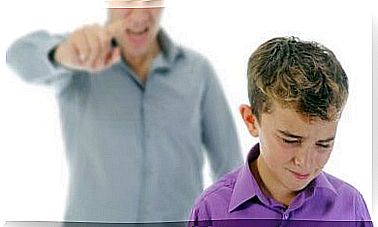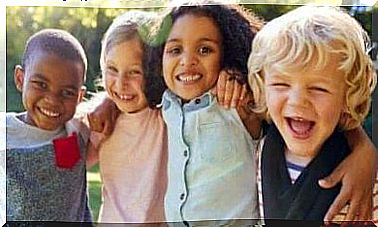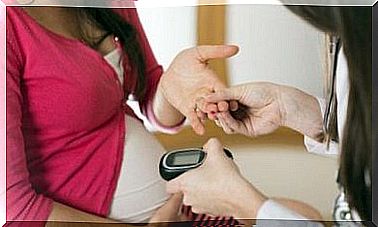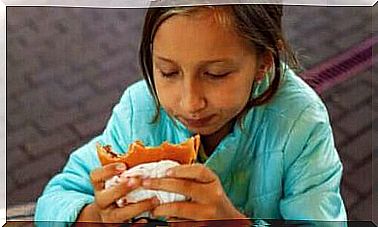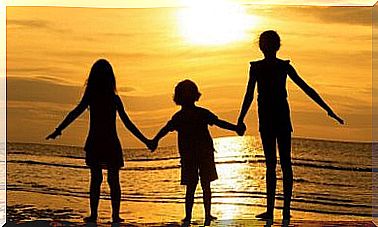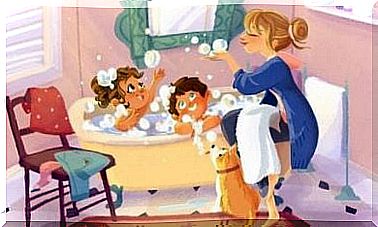The Prevention And Treatment Of A Wasp Sting

Bee and wasp stings are something that many parents worry about. This is partly due to the fact that they do not know how their child’s body will react to the wasp sting.
In these cases, adults often wonder if they should take their child to the emergency room or if they can treat it at home. They should also consider how their child will react to the sting. Therefore, parents really need to know what to do if a wasp stings their child.
In the spring and summer there are more wasps. These are also the months when children like to go outside to play. And then of course there is always a greater risk of getting a bee or wasp sting.
That’s why you need to know what to do when it happens, so you can deal with this little ’emergency’ effectively.
Know your enemy
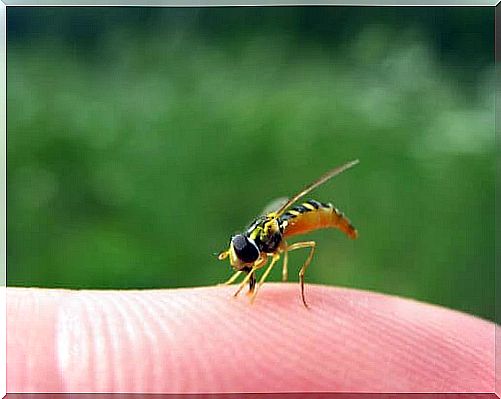
The first thing to do is not to get stressed. It is good to know that even if the child is allergic, there is no need to panic. If a wasp stings it, you have plenty of time to evaluate the situation and give it the necessary attention. In theory, a wasp sting should be an emergency.
A good first step is to know what kind of enemy you are dealing with. Wasps are pollinating insects. They come from the bee family. However, unlike their relatives, they have a straight stinger that does not remain in their victim’s skin.
This allows them to stab someone multiple times in a row. This is what could complicate the situation compared to what happens with a bee sting. When a bee stings you, part of its abdomen detaches itself and it dies.
Both bees and wasps inject a substance containing components that cause strong pain and inflammation. However, if you treat the sting correctly, this rarely has major consequences.
How do you treat a wasp sting?

Here are some tips for treating a wasp sting in children:
- Clean the area with plenty of fresh water and a mild soap.
- It is not common for a wasp’s stinger to remain in the child’s skin after it has stung. If this is the case, you will need to remove the stinger with sterile tweezers. You should not squeeze the area, nor should you join in the popular myth of sucking the sting out of the wound. This would only contaminate the wound and cause more problems.
- After that , you should disinfect the area again, just to make sure there are no particles left behind that could cause an infection.
- You can use special creams that contain ammonia, which helps to get rid of itching and burning.
- Ice is also a good way to reduce the discomfort.
- If you suspect an allergic reaction: If you notice that your child has difficulty breathing or has red welts on various parts of his body, it is best to take him to the emergency room. This way you can avoid a more serious situation or anaphylactic shock.
What to teach your little ones about wasps
No one is exempt from being bitten or stung, but we do need to teach children about the dangers and painful consequences of disturbing or irritating these insects. It is very important for children to know that:
- They should never attempt to disturb a beehive or wasp nest, not even by throwing rocks. They often make the mistake of thinking that distance gives them an advantage to be able to run away.
- If any of these insects come near, they should not move wildly or wave their hands in the air to get them away. This will only encourage them to attack.
- If you’ve spent the day by the pool, a river, or at the beach, it ‘s a good idea to shake off their clothes before getting dressed. Wasps can easily hide in it.
- During walks in the open air or in the summer, it is better to cover all food items. It is especially important to cover sweet fruits such as bananas, which are one of the favorites of wasps.
Finally, if you know that your child is prone to severe allergic reactions, it is recommended that you talk to your pediatrician. He will advise you on the best kind of first aid kit to carry for emergencies and on a contingency plan for delicate cases like yours.
